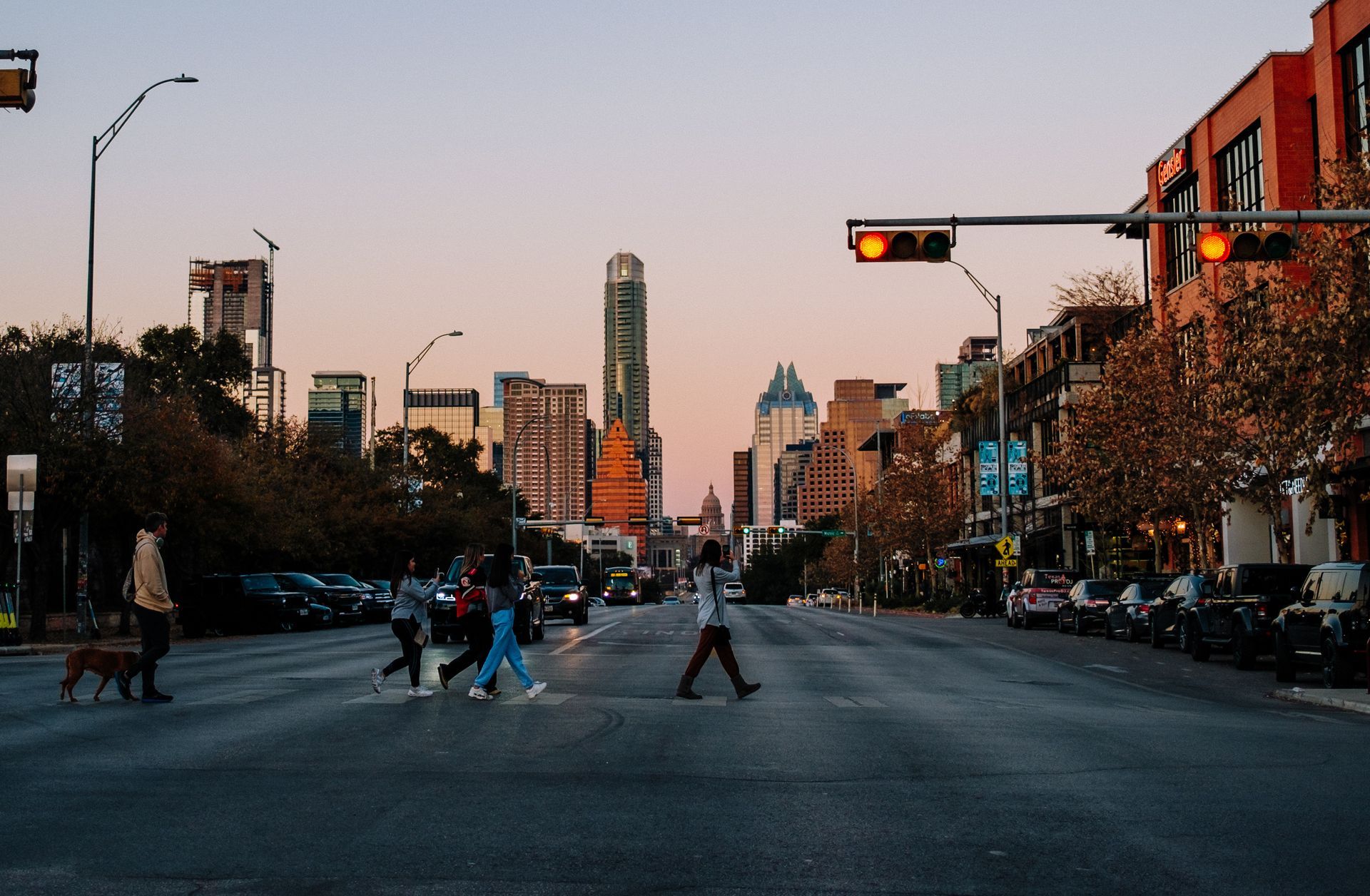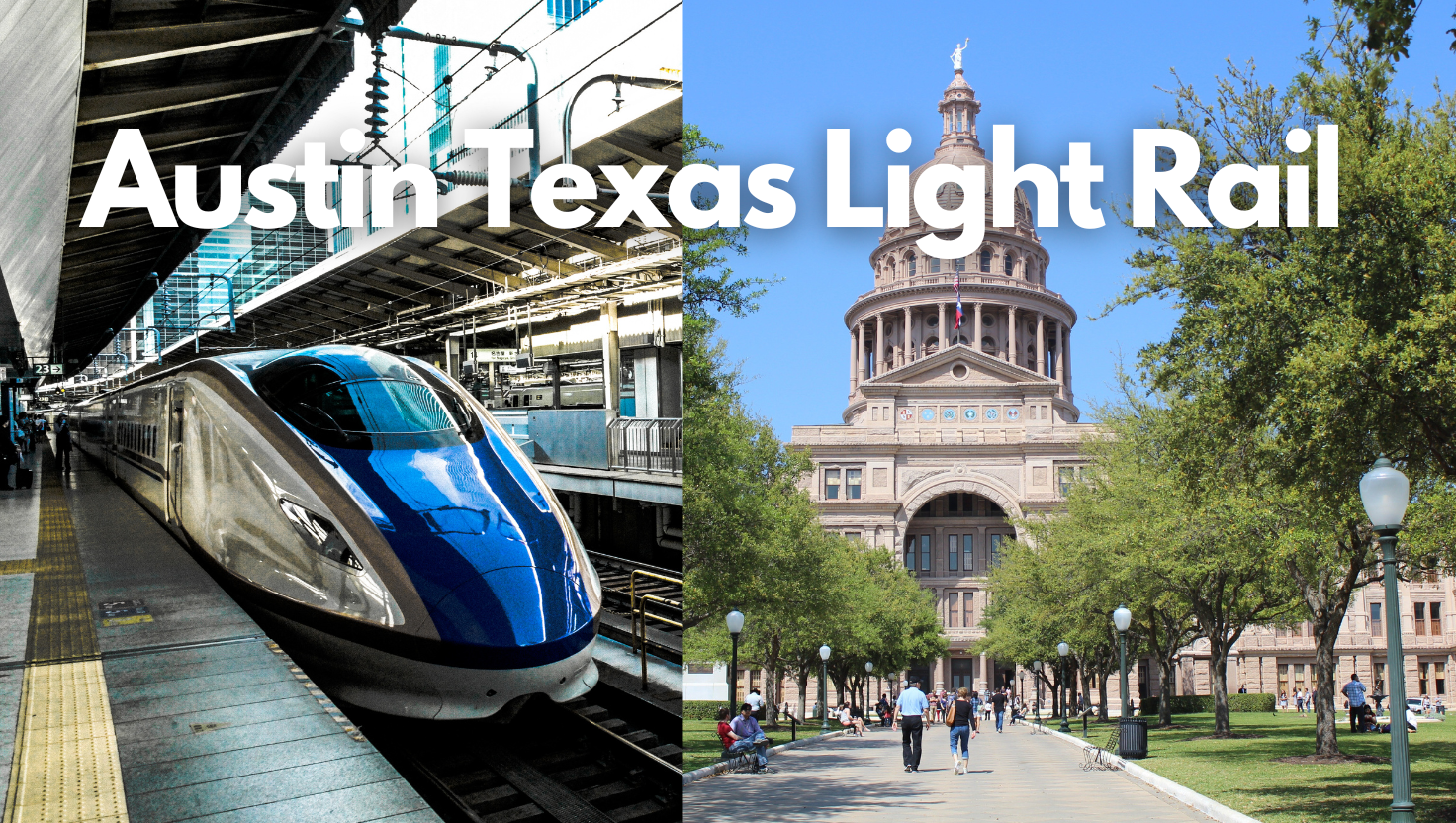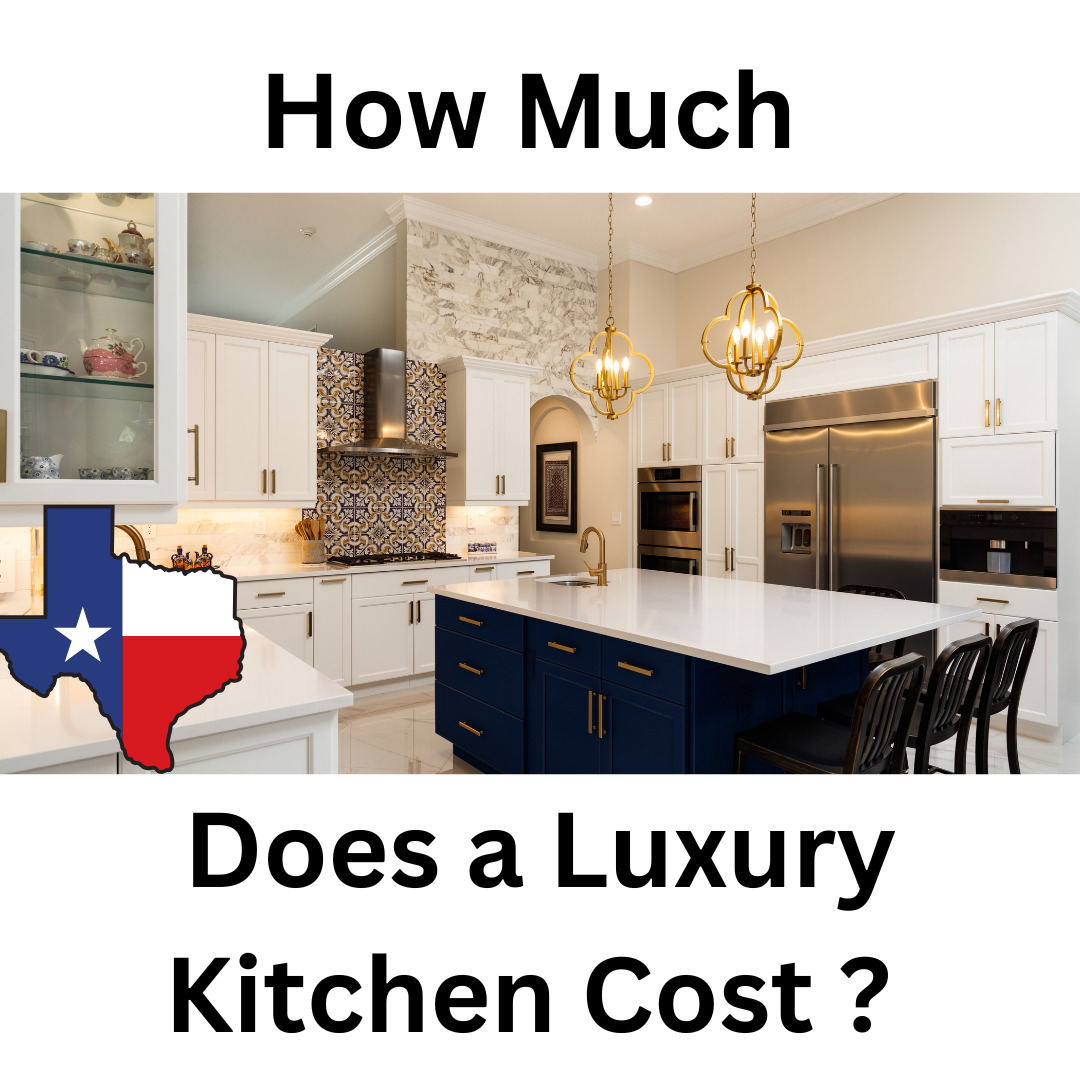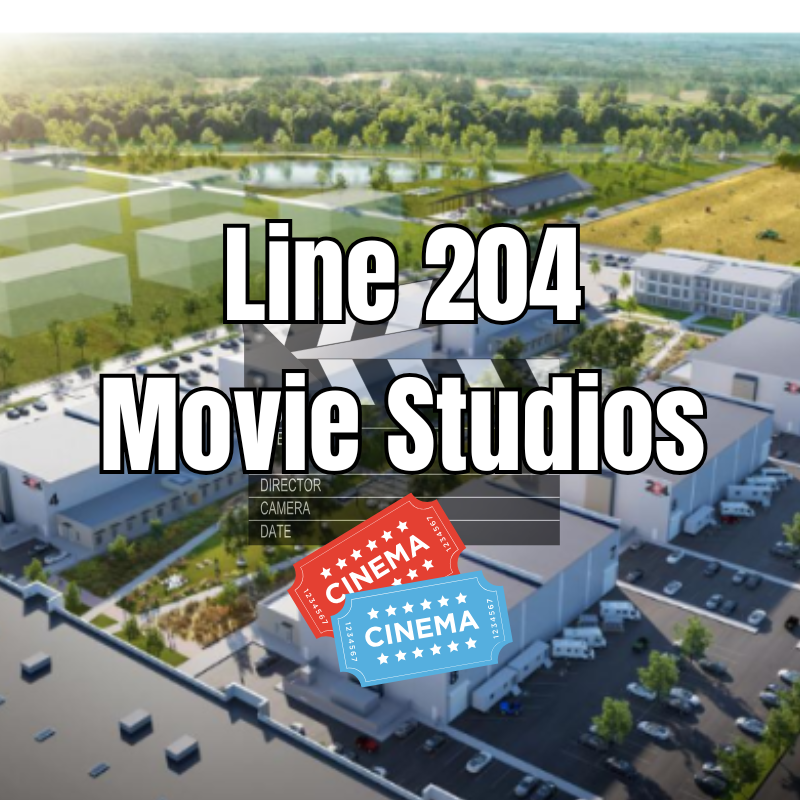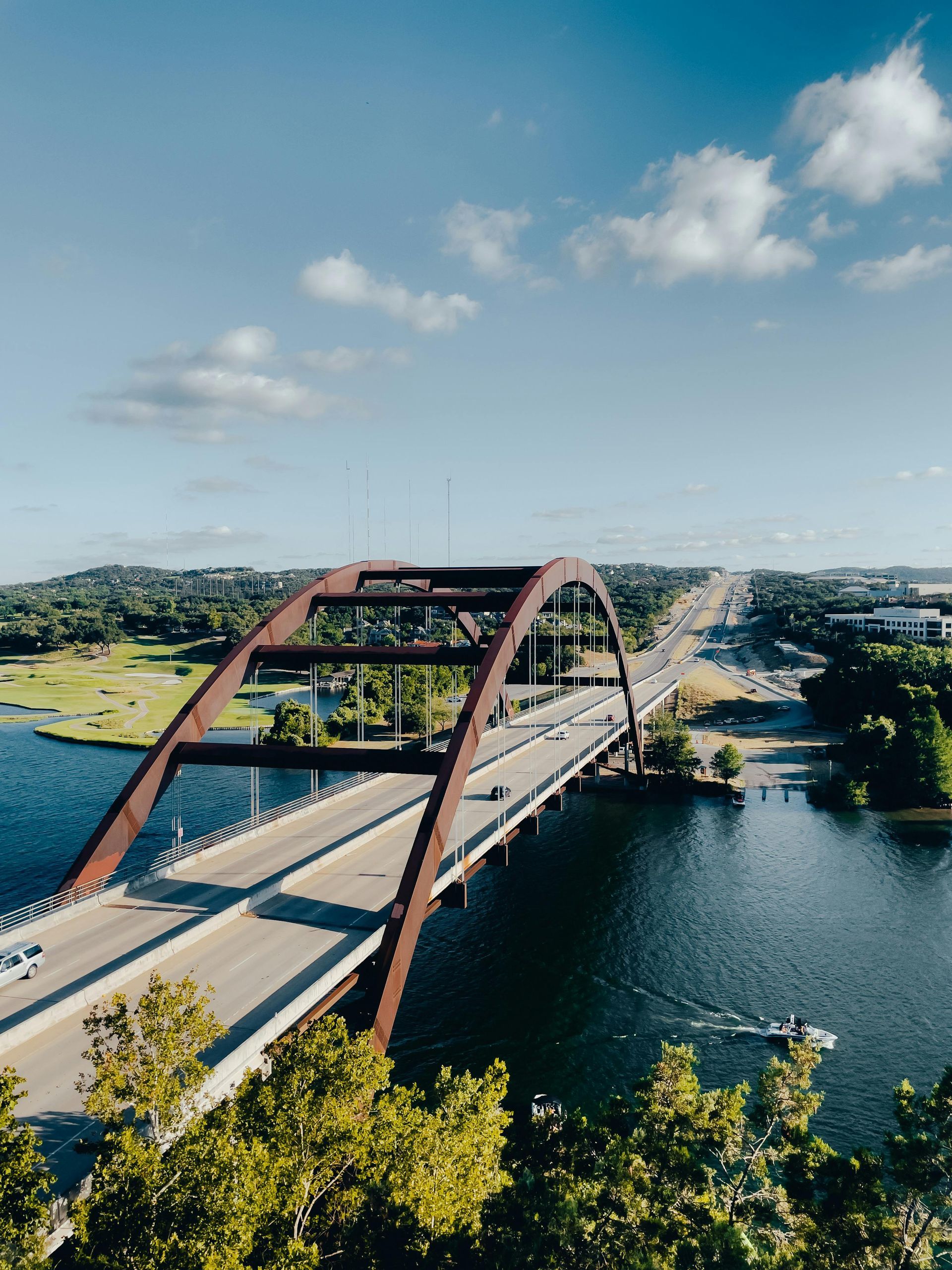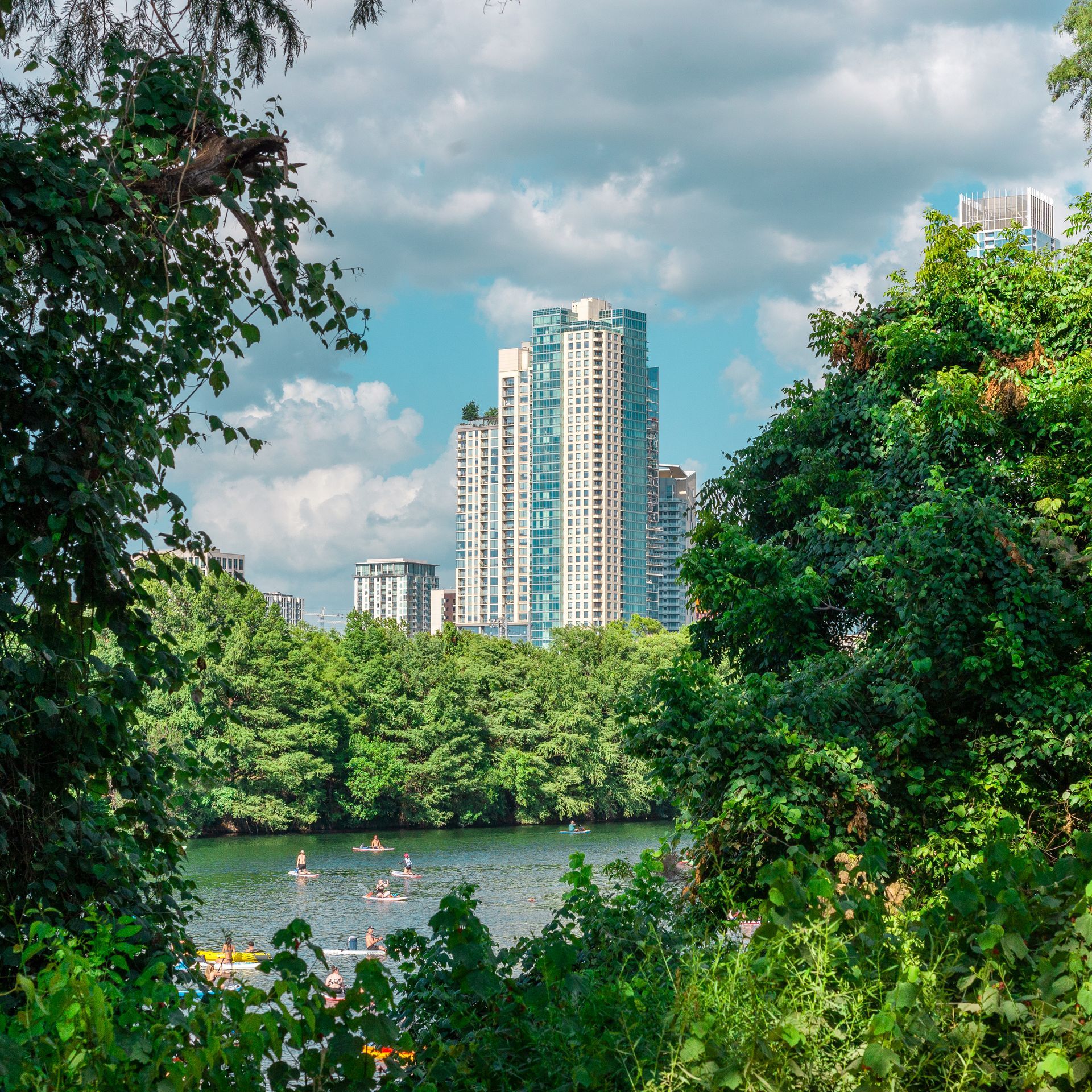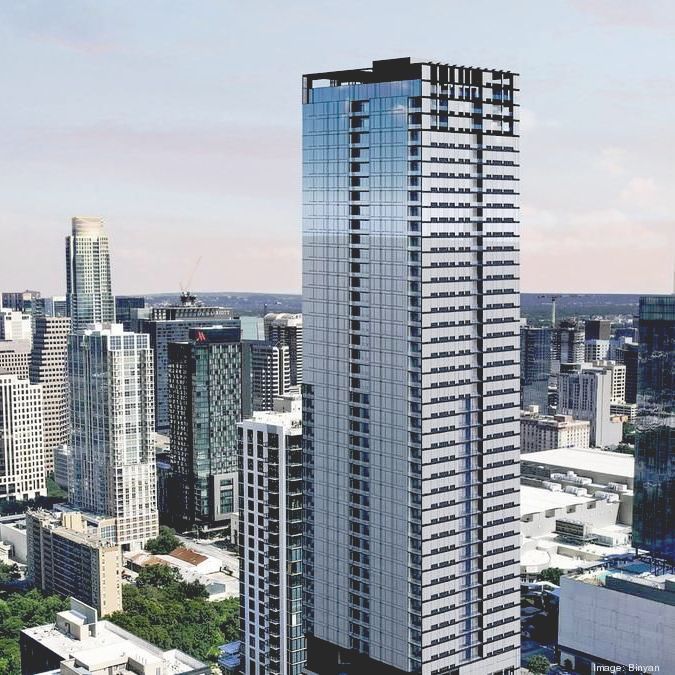Rainey Street Future Skyline Looks Like A Second Downtown Austin | Rainey Street Commercial Investment
The Future Austin Skyline: Super Tall Skyscrapers coming to Texas
Austin's Rainey Street district's future skyline has been likened to a second downtown area with the planned construction of a 644-unit apartment and retail tower, commissioned by local developers, Lincoln Ventures. Rainey Street, located in Austin, Texas, is one of the city’s most famous districts. Known for its bustling nightlife and array of unique bars and eateries, Rainey Street offers a truly unique experience. It has an intriguing history that has helped shape it into the fascinating locale it’s known as today.
The land now known as Rainey Street was bought by Frank Rainey in 1869. At that time, it was filled with green meadows with cottonwood and pecan trees. Over time, bungalows were built and a neighborhood sprung up in the 1880s.
The repurposing of the bungalows into bars and restaurants have provided an interesting blend of old and new. Now, Rainey Street is home to a balance of history and effects of gentrification. It’s a place where one can grab a drink in a refurbished 20th-century home, dine on globally inspired cuisine, or dance the night away to live music.
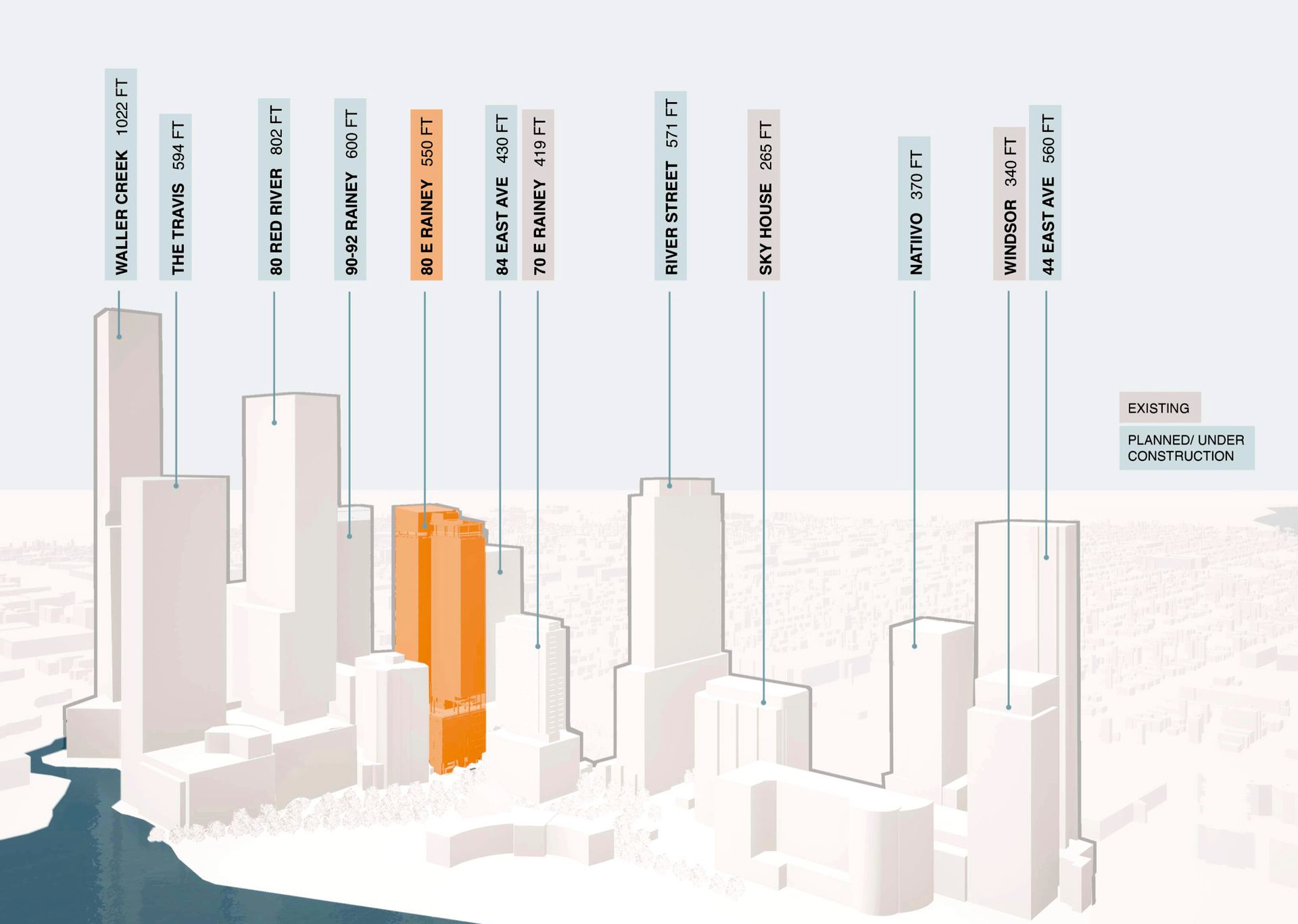
Rainey Street, located in Austin, Texas, is one of the city’s most famous districts.
As more businesses thrived, investors took notice. The street's potential for commercial investment became undeniable, setting the stage for an unprecedented transformation. High-rise apartments, luxury condominiums, and modern office spaces began to dot the skyline where modest homes once stood. These developments not only changed the physical landscape but also redefined Rainey Street's identity as a dynamic commercial center.
Austin Waterline Tower Tallest building in Texas?
Yes. The Waterline Tower in Austin, Texas, is set to be the tallest building in Texas upon its completion. Here are the key points based on the available information:
- Height and Design: The Waterline Tower will be 74 stories tall with a height of 1,022 feet. It's designed by Kohn Pedersen Fox (KPF) and includes mixed-use spaces such as residential, commercial, and retail.
- Location: Situated in downtown Austin at 98 Red River Street, it overlooks Waller Creek and Lady Bird Lake, contributing significantly to the city's skyline.
- Completion: The project broke ground in 2023, with completion expected in late 2026.
- Impact on Skyline: Once completed, Waterline will surpass the current tallest buildings in Texas, including the JPMorgan Chase Tower in Houston, which stands at 1,002 feet. This development signifies a dramatic evolution in Austin's skyline, reflecting the city's rapid growth and transformation into a hub for high-rise architecture.
- Facebook/Meta pulled out: Read more about that here
The Waterline Tower's construction is part of a broader trend towers Austin's Skyline. Austin is seeing significant changes in their urban landscapes, with implications for urban planning, real estate, and tourism. This project is also indicative of the future of Texas' skyline, where Austin's once-modest skyline is expanding significantly, potentially setting a new standard for architectural ambition in the state.
Rainey Street embodies the potential for growth and transformation within the city's fabric.
The transformation of Rainey Street from a tranquil, residential neighborhood into a bustling commercial hub is emblematic of Austin's rapid urban development. Once characterized by charming bungalow-style homes and the laid-back lifestyle typical of Austin, Rainey Street has undergone a remarkable evolution, reflecting broader trends in urban renewal and economic diversification.
Today's Rainey Street is almost unrecognizable compared to its former self. It has become synonymous with innovation and growth, embodying Austin's emergence as a second downtown area. While this metamorphosis has sparked debate about gentrification and the loss of historical neighborhoods, it also reflects the city's adaptation to changing economic landscapes.
The transformation of Rainey Street into what many are heralding as a second downtown Austin is a testament to the power of strategic commercial investment in urban development. Once a quiet residential area, Rainey Street's metamorphosis has been driven by a wave of commercial investments that have leveraged its prime location and unique character to create a vibrant urban district.
Moreover, these investments have spurred economic growth by creating jobs, increasing property values, and generating significant tax revenues for the city. They’ve also set the stage for further development, attracting more investors looking to capitalize on this burgeoning market.
As Rainey Street continues to evolve under the influence of commercial investment, it stands as a shining example of how thoughtful development can transform an area into a dynamic part of urban life. Its future skyline not only symbolizes Austin’s growth but also its ability to innovate and adapt, preserving its heritage while embracing new possibilities.
How Local Businesses Are Adapting To The Changing Landscape Of Austin
As Rainey Street undergoes a transformative evolution from its quaint, bungalow-lined roots to a bustling urban skyline reminiscent of a second downtown Austin, local businesses are navigating the changing landscape with innovative adaptation strategies. This once residential area, known for its unique blend of historic homes turned into bars and eateries, is now at the forefront of commercial investment and high-rise development.
In response, entrepreneurs and long-standing establishments alike are reimagining their operations to thrive amidst the burgeoning high-rise neighbors.
Understanding that the influx of residents and office workers presents both challenges and opportunities, local businesses are diversifying their offerings to cater to a broader audience. Many have expanded their operational hours, introducing coffee services by day to serve the new wave of professionals in search of remote working spots.
By night, these spaces seamlessly transition back into their original bar or restaurant concepts, catering to both long-time patrons and newcomers seeking nightlife options.
Innovation extends beyond service hours into embracing technology and sustainable practices that appeal to a more environmentally conscious demographic moving into the area's new developments. From utilizing digital platforms for orders and deliveries to implementing green initiatives within their operations, Rainey Street's businesses are positioning themselves as forward-thinking establishments aligned with modern urban living.
The Impact Of Skyscraper Development in Downtown Austin On Surrounding Real Estates
Urban development significantly impacts the prices of real estates in various ways. It can tremendously increase the value of real estates due to advancements such as improvements to infrastructure, creation of job opportunities and the accessibility of different amenities such as shopping centers, healthcare facilities, schools, parks, and cultural attractions.
However, this kind of urban development can also lead to an increase in the cost of living. This is particularly significant in Texas, where the state's traditionally laid-back lifestyle might be at stake. Urban growth in Texas’s major cities like Dallas, Houston, Austin, and San Antonio has led to an increase in demand for housing, resulting in rising real estate prices. Gentrification in some neighborhoods has made housing unaffordable for many Texas residents.
In addition, the laid-back Texas lifestyle, characterized by vast open spaces, low population density, and slow pace of life, can suffer due to urbanization. The increased congestion, higher cost of living, and faster pace of life associated with urbanization can alter the unique character and charm synonymous with Texas.
However, not all changes are negative. Urban development can lead to better access to amenities and opportunities. For instance, residents may have better career opportunities and access to top-tier education and healthcare. Furthermore, enhancements in public transport could reduce travel times and enhance the overall quality of life.
In conclusion, while urban development typically results in increased real estate prices and may change the traditional Texas lifestyle, it can also bring about advantages such as improved infrastructure and facilities. Ensuring that growth happens sustainably remains crucial to maintaining the charm and appeal of Texas.

